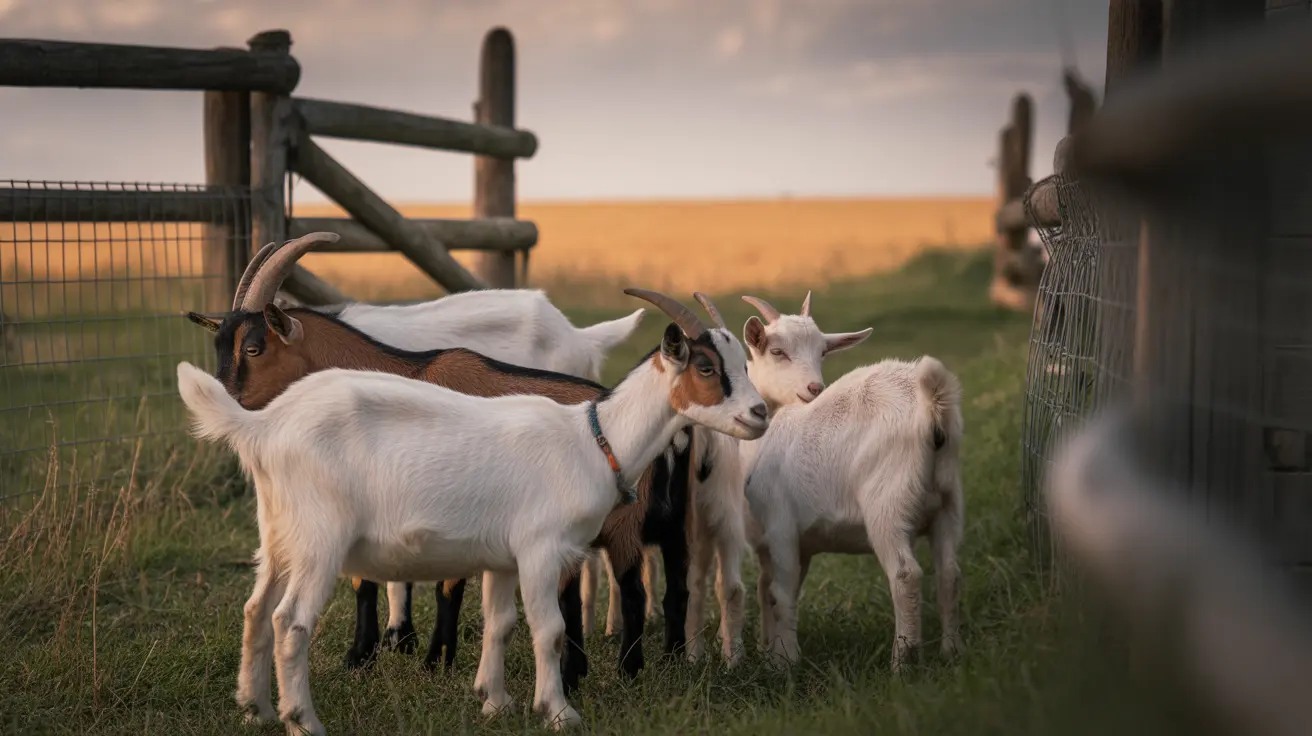Scottish Fold cats are beloved for their unique, folded ear appearance that gives them an unmistakably charming look. However, beneath their cute exterior lies a significant genetic health challenge that every potential owner should understand. This breed's distinctive trait is actually linked to a serious condition called osteochondrodysplasia, which can dramatically impact their quality of life.
In this comprehensive guide, we'll explore the complex world of Scottish Fold cats, revealing the critical health considerations that every responsible cat owner needs to know.
The Genetic Mystery Behind Scottish Fold Cats
Scottish Fold cats carry a fascinating yet problematic genetic mutation that creates their signature folded ears. This same mutation affects cartilage development throughout their entire body, leading to a condition known as osteochondrodysplasia. Unlike typical cat breeds, Scottish Folds are genetically predisposed to progressive joint problems that can cause significant pain and mobility challenges.
Physical Characteristics and Genetic Impact
These medium to large cats typically weigh between 2.7-6 kg, depending on gender. While they can appear in various colors and coat lengths, their genetic mutation creates a distinctive rounded appearance with large eyes and a unique skeletal structure. Unfortunately, this adorable look comes with a high potential for health complications.
Recognizing Arthritis and Joint Pain in Scottish Fold Cats
Arthritis in Scottish Fold cats isn't just a potential issue—it's almost a certainty due to their genetic predisposition. Owners should watch for these critical warning signs:
- Reluctance to jump or climb
- Visible limping or stiffness
- Changes in walking pattern
- Decreased activity levels
- Vocalization when moving or being handled
- Poor grooming habits
- Visible skeletal deformities
Disease Progression and Potential Outcomes
The severity of osteochondrodysplasia varies between individual cats. Some are born with obvious physical limitations, while others develop complications later in life. As the condition progresses, many cats experience increasing pain and reduced mobility, potentially losing their ability to jump or move comfortably.
Living with a Scottish Fold: What Owners Need to Know
Responsible ownership of a Scottish Fold cat requires understanding and managing their unique health challenges. Regular veterinary check-ups, gentle handling, and potential pain management strategies are crucial for maintaining their quality of life.
Frequently Asked Questions
What signs indicate arthritis or joint pain in Scottish Fold cats?
Key indicators include limping, reluctance to move, changes in jumping behavior, vocalization when touched, and visible skeletal changes. Any persistent mobility issues should prompt an immediate veterinary consultation.
How long do Scottish Fold cats typically live with osteochondrodysplasia?
Lifespan varies depending on the severity of the condition. With proper medical management and care, many cats can live relatively comfortable lives, though their mobility may progressively decline.
Can Scottish Fold cats with folded ears live without pain?
Unfortunately, due to the genetic mutation, most Scottish Fold cats will experience some degree of joint discomfort. Not all cats will have severe symptoms, but some level of pain is typically expected.
Are all Scottish Fold cats born with osteochondrodysplasia?
While not every Scottish Fold cat will show immediate symptoms, the genetic mutation means all cats of this breed carry the potential for developing joint problems.
How can I help manage my Scottish Fold cat's arthritis symptoms?
Management strategies include regular veterinary check-ups, potential pain medications, maintaining a healthy weight, providing soft bedding, using ramps for mobility, and gentle, careful handling.
Understanding the unique health challenges of Scottish Fold cats is crucial for providing them with the best possible care and quality of life.






